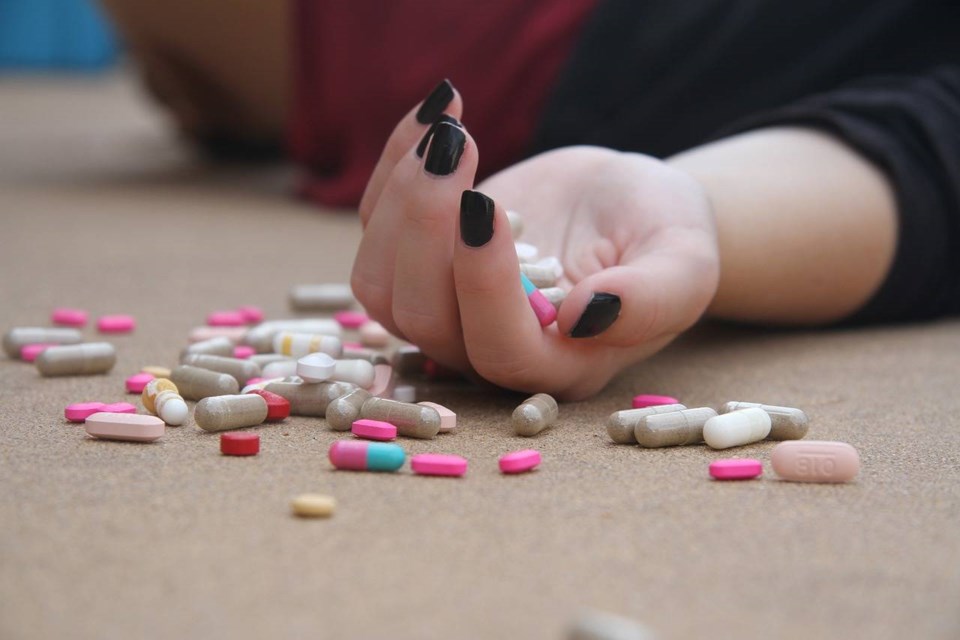As local leaders, healthcare professionals, and residents work to curb the worsening trend of drug overdoses in Brooklyn, major attention needs to be turned toward the impact of drug abuse on younger generations.
As research shows, Generation Z is eschewing alcohol consumption in favor of drug misuse. This generational shift in substance abuse behavior has brought about a major increase in drug overdoses in teens aged 12 to 17.
Of course adolescent alcohol abuse comes with a lengthy list of health risks that teens and their parents need to be on the lookout for. But, because of the ubiquity of alcohol, many of its dangers and signs of abuse are well known, even to those who don’t regularly drink. This general familiarity can help parents monitor and communicate with their teens about their struggles with drinking.
That said, parents don’t have that advantage with drug abuse.
There is a vast, disparate variety of drugs that today’s adolescent community is partial to. Each one comes with its own, unique set of health risks that teens and their parents are far less likely to be adeptly familiar with. Thus, parents are far less capable of discerning whether or not their child is struggling with drug abuse, or prepared to identify and handle overdose situations.
In Brooklyn, most prominent among these drugs are opioids, which are often prescribed to treat severe pain. It’s quite common for families to have opioids somewhere in their homes, sometimes without realizing it. Maybe there’s half a bottle left from a parent’s surgery a few years back, or maybe a parent is actively prescribed them. Regardless, opioids can be relatively easy for teens to access at home, which can spark a dangerous addiction.
It can be hard for parents to know that their child has begun abusing opioids, as it’s not as easy to track missing pills as it is missing alcohol. If there are beer cans missing from the fridge, or whiskey bottles that are visibly depleted, it’s clear that someone drank them. But, unless a parent is actively counting how many pills are in a bottle, it’s pretty easy for a teen to discreetly grab one or two every so often. Since opioids account for the vast majority of drug overdoses in Brooklyn, parents need to be vigilant about where pills are kept within the house and how many are supposed to be in the bottle at any given time, whether or not they suspect their child of abuse. At some point, the home will run out of pills, at which point a teen may turn to finding more out on the street, where parents have far less control over the situation.
Even more unfortunate for parents is the difficulty discerning the signs of opioid abuse. Abusers are often drowsy and experience a loss of appetite, leading to weight loss. However, many parents of teens will be quick to tell you that their child is already perpetually tired and never wants to eat what’s for dinner. So, how can you be sure it’s opioid abuse and not just a lethargic teenager? Parents should keep an eye on their teen’s pupils, which noticeably shrink in size when using opioids.
But what about if your teen is getting their pills on the street? That’s where things get tougher for parents. It should be noted that, while these drugs are readily available all throughout Brooklyn, the neighborhoods that see the most overdoses are Williamsburg and Bushwick. If you live in one of these neighborhoods and are concerned about your child abusing opioids, it behooves you to monitor and communicate with them promptly.
Confronting your child about addiction is not easy. Parents ought to approach the matter from a place of love and concern, rather than anger and disappointment, so as not to incur rage and resentment from their children, possibly leading to increased drug abuse in retaliation. If you’re struggling to find a way to talk to your teenager about drug abuse, just imagine how difficult their internal struggle must be. It’s better embrace the difficult conversation while you can, before an addiction gets worse or there is a lethal overdose.
With many Brooklyn overdoses stemming from opioid users unknowingly being given fentanyl, a synthetic opioid much more potent than common ones like Hydrocodone, it’s imperative that parents who suspect their teen is struggling with opioid abuse understand the dangers of procuring drugs on the street. Adolescents are notoriously stubborn and don’t stop doing something just because their parents told them to; so, if your teen refuses to seek help, parents should teach them about naloxone: a safe medication that reverses the effects of an opioid overdose. Be sure that they know this medicine is available over-the-counter at pharmacies and is given out for free by many organizations across Brooklyn.
Though there are many concerted efforts to turn the tide against drug overdoses across New York City and the entire nation, the prevention of overdoses for today’s adolescents often starts in the home, with honest, caring conversations between parents and teens. Though it’s never easy to broach such a difficult subject with a vulnerable, struggling teenager, parents are only able to help while their children are still alive; avoiding the conversation for too long can have devastating, irreversible consequences.
Eli Verschleiser has served as the President of Our Place for over a decade. Currently he serves as the Chairman of the Board. Mr. Verschleiser has been an integral part of the OurPlace since inception. His life is dedicated to assisting troubled youth in their return to mainstream society. Mr. Verschleiser is involved in numerous international and community organizations and serves on the board of trustees at the American Jewish Congress (AJC) , and as a co-founder of MagenU.org. Mr. Verschleiser is an author and frequent commentator on political and social services matters. Follow Eli on Twitter @E_Verschleiser




